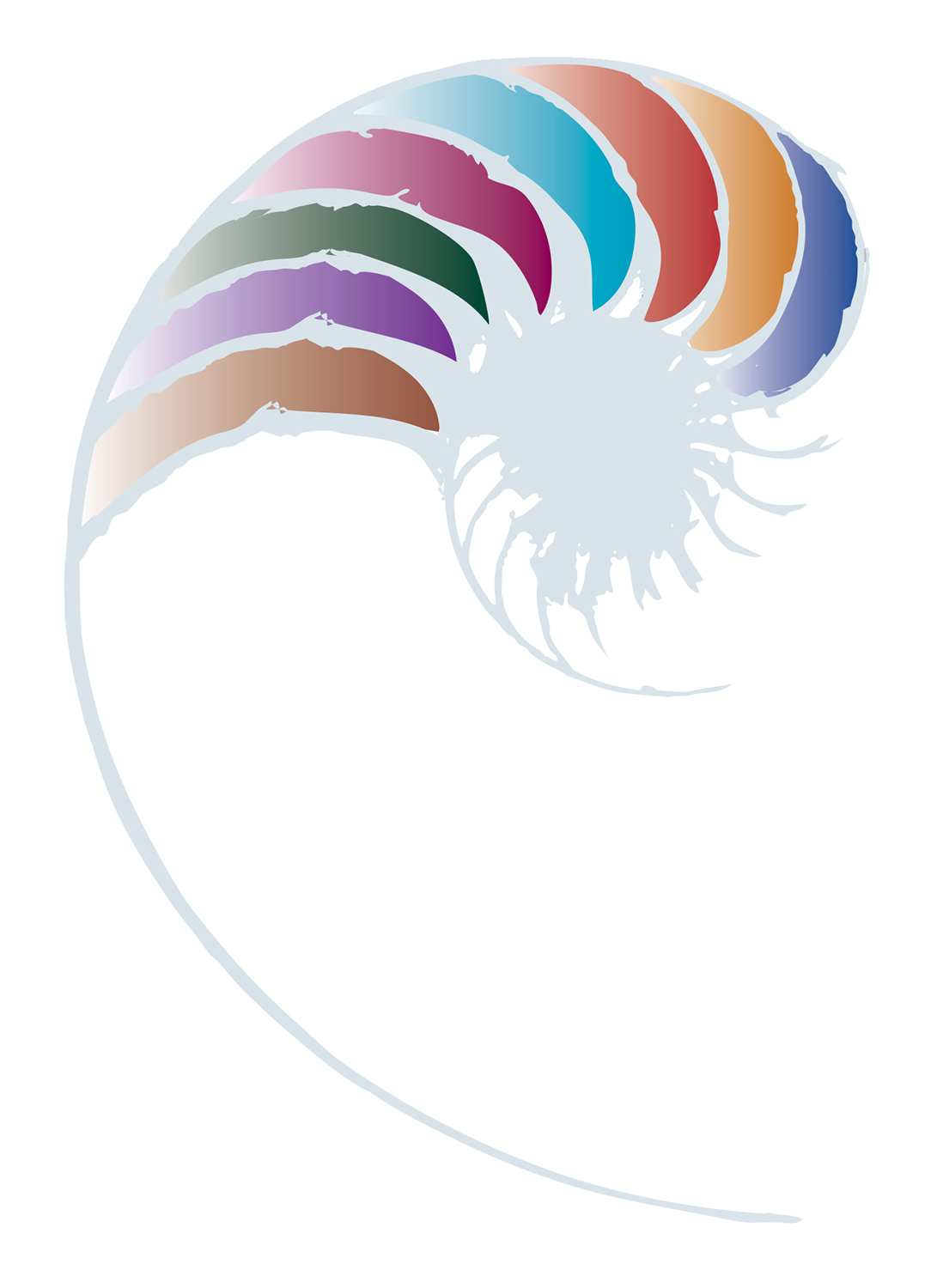
Summer Weather - Taumata 4
Summer Weather - Taumata 4
Ākona te Tau - Hine Raumati
Atua
Tāwhirimātea
He wae kai kapua.
Whakapapa
Te whakapapa o Tāwhirimātea.
See the “About this resource” box below to download resource:
- Tāwhirimātea-Whakapapa.pdf
Pūrākau
Tāwhirimātea
Link to story of Tāwhirimātea: http://www.TeAra.govt.nz/mi/tawhirimatea/page-1

- He Atua! He Kōrero!
- Te Whānau Kapua
He Atua! He Kōrero!
Blackout Poetry
What you need
Photocopies of texts related the Tāwhirimātea (see links below to texts about Tāwhiri)
Black paint or vivid markers
Pencils
http://www.teara.govt.nz/mi/tawhirimatea/page-1
What you do
- Watch this video about how to do Blackout Poetry.
- Students choose a text.
- With a pencil, underline words or phrases that they want to include in their poem.
- Remind students:
- to scan rather than read the text;
- to look for key words that relate to the topic;
- to look for connecting words;
- that the poem will be read from left to right and top to bottom.
- Using black markers or paint, students blackout the text they DON’T want, leaving the underlined words.
Note
Have multiple copies of the texts you have selected – students may want to have more than one attempt.
Try other texts – factual and fiction.
Weather Forecasting

Our ancestors used cloud patterns and colours to predict the weather. Amongst others things, they would observe cloud formations at sunset to tell them if it would rain the following day.
Try some weather forecasting with your students.
- Over a week, students watch and transcribe Te Karere weather forecasts.
- Working from their transcripts have them make up individual and class weather word lists and meanings.
- Students research and collate proverbs and sayings that could be used as part of a weather forecast.
- After a week of forecasting research, make a daily weather forecasting roster where pairs of students forecast the weather.
- Daily forecasters will need to:
- Go to www.metservice.com/national/home
- Find the next day’s weather forecast for Aotearoa – students can choose to use either the short forecast or the extended brief forecast.
- Script the weather forecast in Māori using words and phrases from the lists they created from research.
- Design and make weather icons for the weather patterns they will be describing in their weather reports.
- Set up a weather forecasting backdrop with a large map of Aotearoa. Students present the weather forecast using the map and icons they have created as visual aids.
- Film the weather forecasters in action!
Kotahi Kapua
Biography Film Making
Kotahi Kapua was written by early Te Ataarangi members to honour Dr Kāterina Te Heikōkō Mataira. The song describes how a single person (kotahi kapua) can have a great impact.
Make a series of mini-documentaries on the life and work of Dr Kāterina Te Heikōkō Mataira.
- Start with the focus question: Who was Kāterina Te Heikōkō Mātaira?
- Students research her life and in particular her contributions to Māori.
- From the research make a class profile of her life and work.
- Organise the class into three or four groups. Each group focuses on a thread of her life – Te Ataarangi, Kura Kaupapa Māori, author, and family.

- In groups, students plan a documentary:
- Conduct more extensive research into this part of her life.
- Develop a storyboard.
- Collate images.
- Include interviews – someone in your community who may have been influenced by Kāterina and her work e.g. Te Ataarangi, Kura Kaupapa Māori, readers of her books.
- Shoot footage – both interviews and narratives.
- Consider music e.g. What songs have been written about or by Kāterina?
- Make the documentary and have a film festival to premiere the trilogy on Kāterina’s life and work.
He wae kai kapua
This proverb literally means, “your feet are touching the clouds”. It generally refers to a suggestion considered impractical or impossible. This whakataukī can be used in two ways – either to criticise or to encourage. Use it to encourage and praise those who set a goal and go for it!
Aim High!
- Introduce this activity by talking about achievement and adversity. Look at people who have achieved great things against the odds, and high achieving Māori.
- Watch video clips about Ngā Rauira Pūmanawawhiti, Julian Dennison, and Ahorangi Winitana.
https://www.youtube.com/watch?v=Cfl9-I6PaUo

- Discuss their achievements. Students choose one of these groups (or another high achieving young Māori) to research and build a profile for. Students should pose a series of questions (Who? What? When? Where? Why? How?) to focus their research.
- Students write a report about their ‘high achiever’ and make an oral presentation to the class (or small group). Ask students to answer:
- What have you learnt from them?
- What about them inspires you?
- What do you want to achieve?
- As a class view some examples of ‘vision boards’ (google ‘vision boards’, there are lots of examples). Talk about the different ‘visions’ people have set for themselves – some are short terms visions or goals and some are long-term.
- Students think about something they would like to achieve – a personal goal. Students then make a vision board related to their goal.
- Students give their board a name – names have power!
- Next, draw up a timeline and a step-by-step action plan towards achieving the goal.
- Students keep journals and record progress – all the ups and downs!
- Follow the plan, one step at a time, until they reach their goal.
- Celebrate!
Possible Assessment Opportunities
Students can:
- Create and illustrate a piece of blackout poetry about Tāwhirimātea
- Work cooperatively to produce a documentary on the life of Dr. Kāterina Te Heikōkō Mataira.
- Research and make an oral presentation about an inspirational, high achieving Māori.
- Create a vision board, follow an action plan to a timeline to achieve a goal.
About this resource
Wāhanga Ako: Te Reo Māori, Tikanga ā-Iwi, Ngā Toi, Hauora, Hangarau
Taumata: Taumata 4
Kohinga Ako: Ākona te Tau - Hine Raumati
















